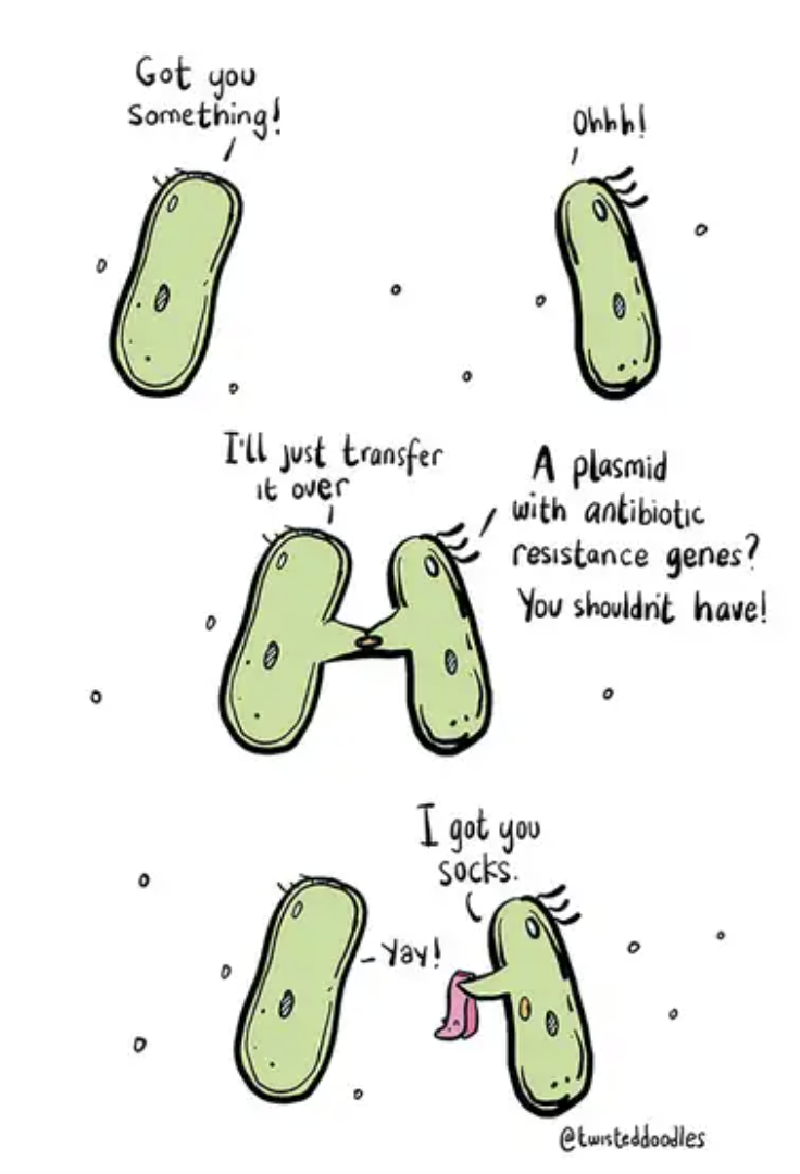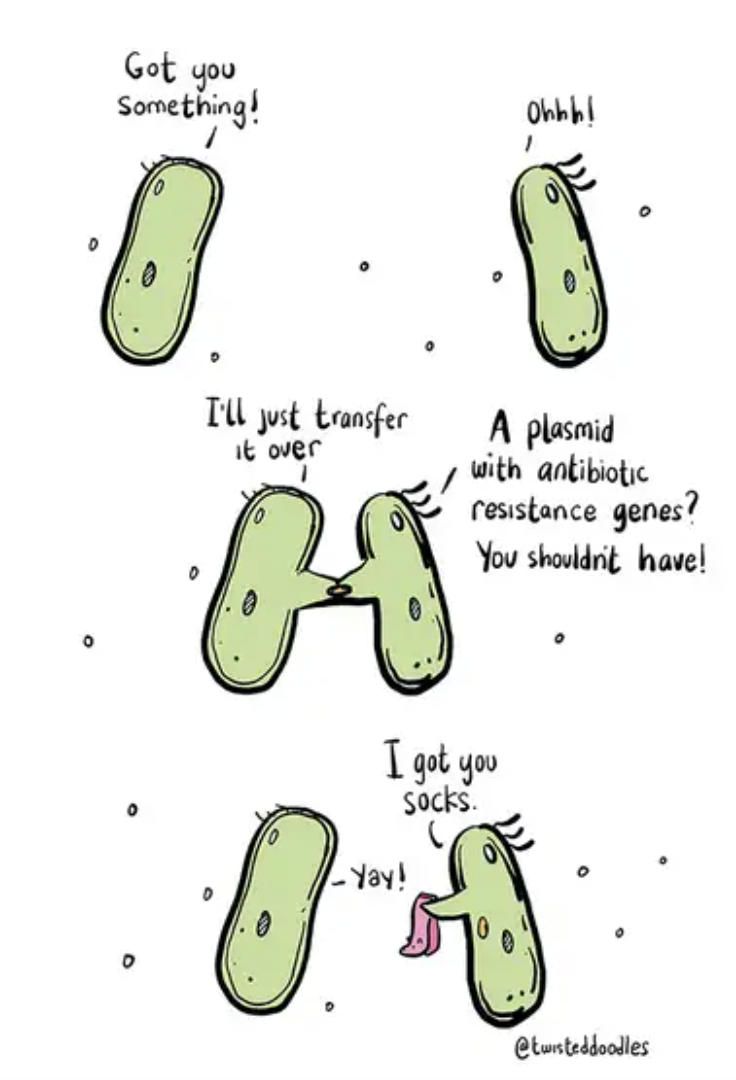Hellooooo and welcome to another Daily Fun Fact From Flora,
Now everyone gets very hot and bothered aboutantibiotic resistant bacteria (quite right too — they’re a bit of a nightmare) but people don’t really talk much about the actual mechanisms that allow them to come about.
Bacteria have most of their genes found in a circular chromosome that kind of floats around in the cell. They also have some little autonomous loops of DNA that float around the cell called plasmids. These can carry other accessory genes (I"m gonna tell you what those are in a mo").
Bacteria are actually quite snazzy and have a bunch of different ways of sharing DNA with each other. It’s about as close as bacteria get to having sex (if you take sex to be the mixing of different organisms genes). This gene mixing ability is pretty important given that bacteria reproduce through something called binary fission. This means that one mother cell splits into two identical daughter cells.
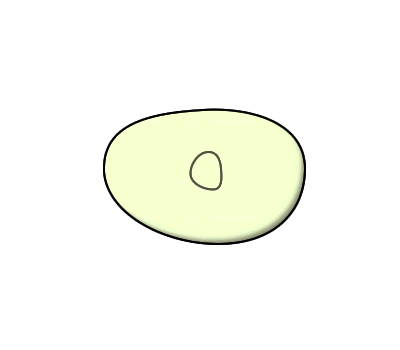
That means that if you don’t mix your genes around all your individuals are gonna be the same. As soon as a disease comes along or as soon as you use up the only food that you all eat you’re a little bit fuckarood.
Now let’s have a look at those bacterial genomes.
We’re going to use an analogy that I came across in a paper because I think it’s totally brilliant. We will compare our bacterial cell to a smart phone.
Firstly you have the ** core genome**
Now you have the ** accessory genome**
Then you have the ** gene pool**
Then you have ** parasitic elements**
So that’s a little insight into the genomes of a bacteria. Now how do they share them around ?
There are three ways that bacteria like to do this: Transformation
This one is a bit rogue. Bacteria genuinely sometimes just come across DNA in their environment , take a look at it and go Yeah — I"ll have that and pull it into their cells and incorporate it into their genomes.
Now not all bacteria can do this. They have to be competent (I know — that’s actually the science word) or competence inducible (I like to think of myself as competence inducible).
You can force a bacteria to become competent by exposing it to brief, high voltage electrical pulses but I would not recommend using this as a means of making people in your life more competent.
TransductionThis one involves a virus called a phage. What this virus loves to do is infect its bacterial host and shove its DNA into the bacterial genome. Because why make your own proteins when you can get someone else to do it for you!?
It’s a pretty good life.
But when the virus wants to leave and go infect a different bacterium it cuts its DNA back out of the bacteria. But sometimes it’s a bit shit and accidentally takes some of the bacterial DNA as well as the virus DNA.
Oops!
That means the next host not only gets the viral DNA but it gets a bit of the hand-me-down DNA from the last bacterium (which is definitely dead by now btw).
ConjugationThis one is the best I think. What one bacteria does is it reaches out with a little extension of its cell towards another bacterium. This is known as its sex pilus. In this sex pilus it sends over one of those autonomous little plasmids as a lovely present.
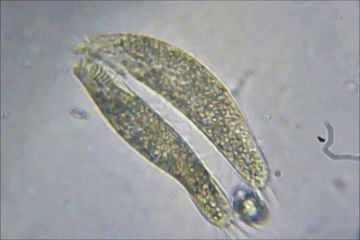
So basically, if any of those bits of DNA that get shunted around happen to carry the gene for antibiotic resistancethen BAM.
It’s gonna travel through that population and it’s gonna do it fast. Especially if you have antibiotics in the environment Eek.
BUT it’s not all bad! I did want to bring up something else that I think is very cool. This exchange can happen between bacterialand non-bacterial species.
What the fuck Flora?! I hear you cry How on earth would that work?!
Two words:
sea
squirts*
Now these are sessile (this means they don’t move and cannot move this is currently too relatable BORIS PLEASE FOR GODS SAKE LET US LEAVE **** ahem I"m fine).
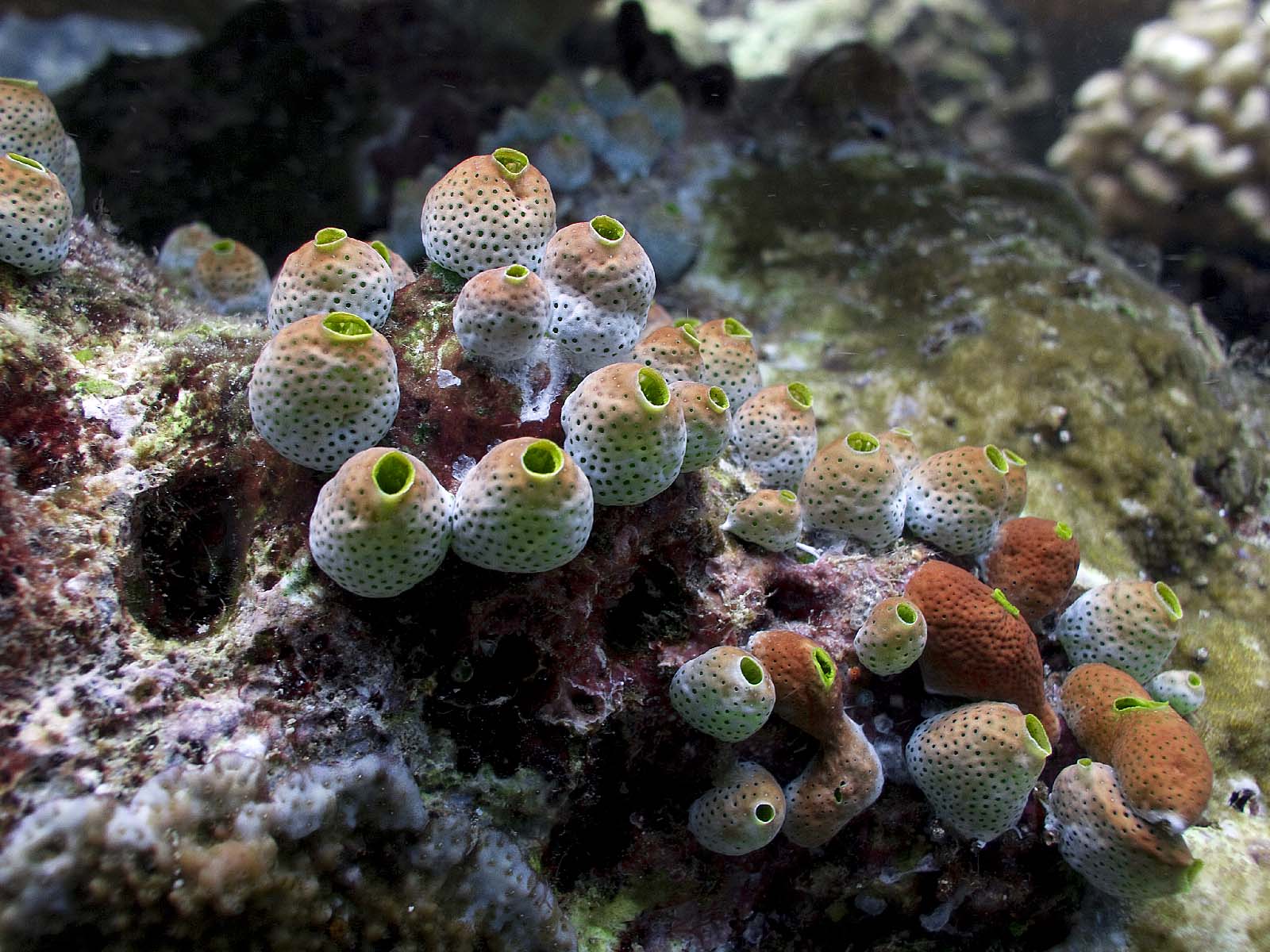
They are basically filter feeding blobs. That’s all you really need to know.
But what is weird is that they are made up of cellulose. Now animals can’t normally make cellulose. That’s usually restricted to plants and you guessed it — bacteria!
So we think that the genes for making cellulose in these weird little dudes ACTUALLY came from bacteria using one of those three mechanisms I told you about.
Pretty cool eh?
Have a fabulous weekend and I"ll see you next time.
Love Flora xxx
